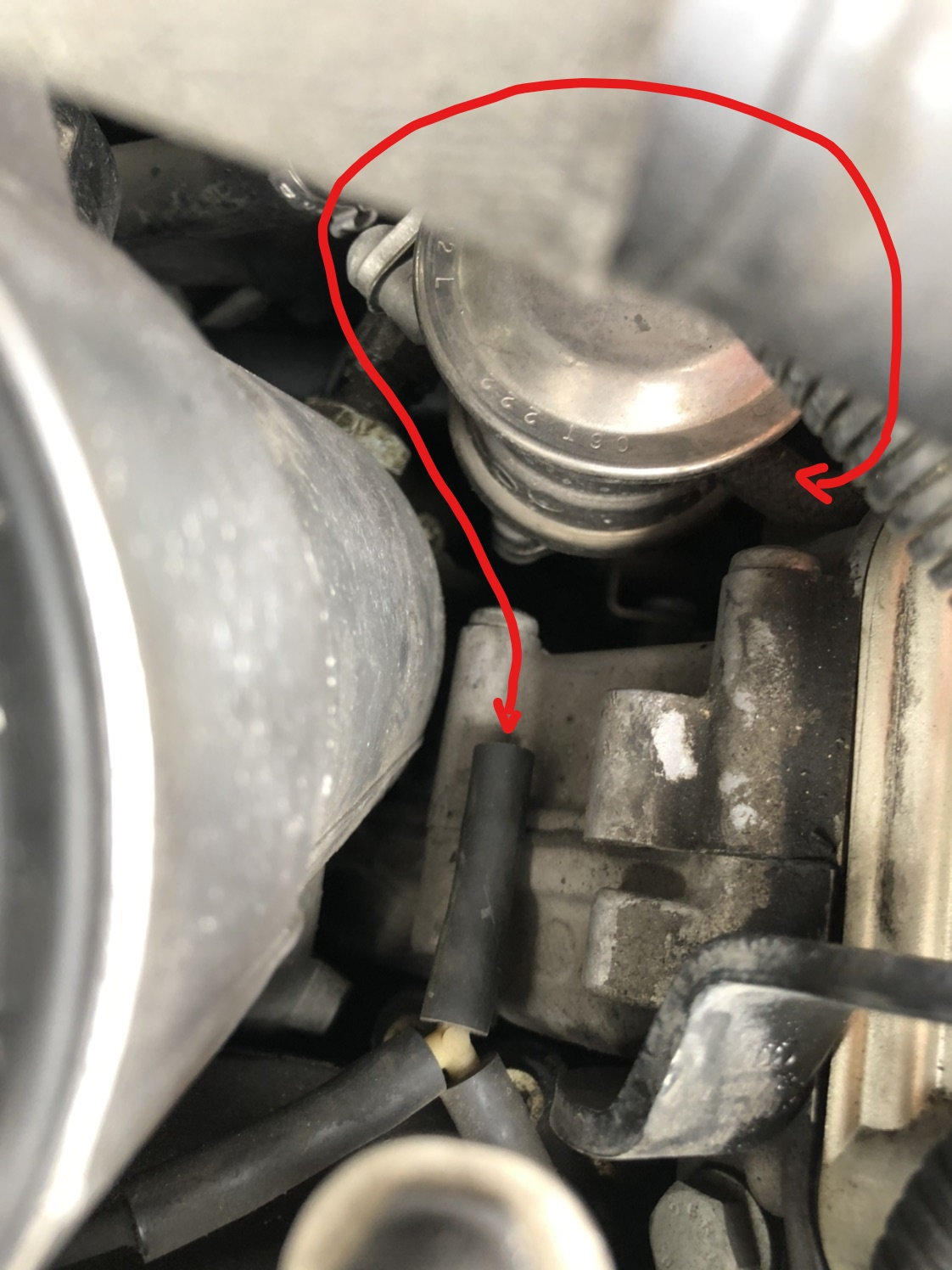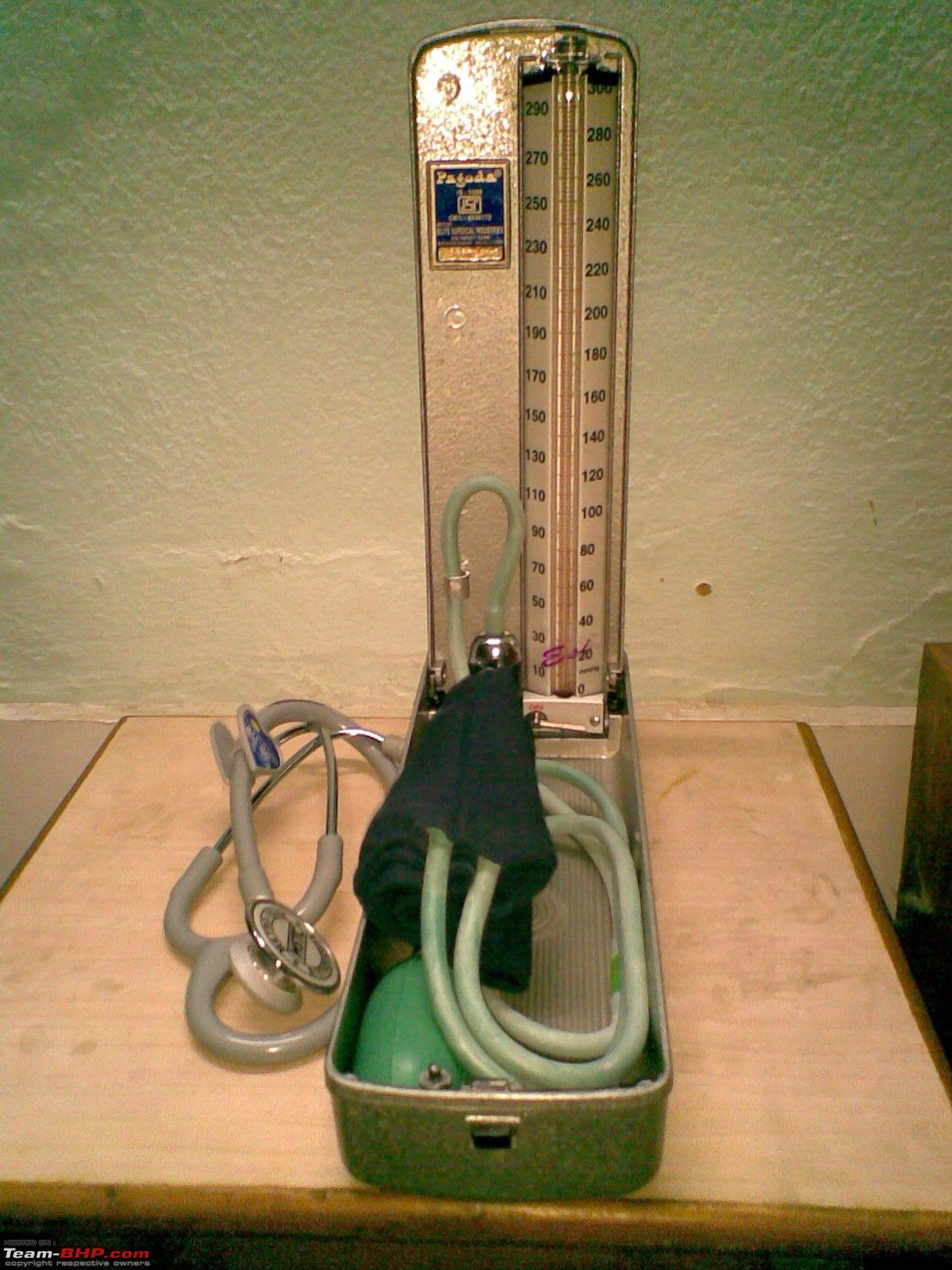
Ī widened (or larger) pulse pressure occurs with several diseases, including aortic regurgitation, aortic sclerosis (both heart valve conditions), severe iron deficiency anemia (reduced blood viscosity), arteriosclerosis (less compliant arteries), and hyperthyroidism (increased systolic pressure). When excessive pulse pressure transmits through the microcirculation of vital organs such as the brain and kidneys, extensive tissue damage tends to occur. In response, the left ventricular tend to hypertrophy. This process is often described as "hardening of the arteries." As the left ventricle contracts against stiffer, less compliant arteries, systolic and diastolic pressures increase and can result in a widened pulse pressure.

This change is due to structural molecular changes in the arterial wall, including decreased elastin content, increased collagen I deposition, and calcification, which increases the stiffness of the wall. With aging, there is a decrease in the compliance of the large elastic arteries. Īging impacts pulse pressure and arterial compliance. As a result, the pulse pressure is going to increase this can also occur in individuals with larger amounts of muscle mass. This effect is due to the accumulation of red (slow-twitch) muscle tissue in the arterioles instead of white (fast-twitch) tissue. Diastolic pressure, on the contrary, will continually decrease due to a decrease in the total peripheral resistance. As he or she continues to exercise, the systolic pressure will progressively increase due to an increase in stroke volume and cardiac output. Elastic arteries are unique as they have elastic fibers interspersed in between the smooth muscle cells of the tunica intima, which allows elastic arteries to store kinetic energy to smooth out the surge in blood pressure that occurs during systole, known as the Windkessel effect.Īn increase in pulse pressure can occur in a well-conditioned endurance runner. The other main type of artery is the elastic artery.

The primary function of these arteries is to regulate blood flow through adjustment of blood vessel caliber. They also have a muscular wall that can be up to forty layers thick. Muscular arteries have a thin intimal layer with a well-developed internal elastic lamina. The first, which is the more prominent of the two, is the muscular artery.

There are two main types of arteries in the human body. Finally, the tunica adventitia also called the tunica externa, is the outermost layer made up of longitudinally oriented type-I collagen fibers. Some of the larger arteries also contain an external elastic lamina. The middle layer, also called the tunica media, has concentric layers of helically arranged smooth muscle cells, as well as varying amounts of elastic and reticular fibers and proteoglycans. The innermost layer, the tunica intima, consists primarily of an endothelial layer, subendothelial layer, and an internal elastic lamina. They are lined by endothelial cells and consist of three different layers, which appear in the figure below.

If they are in phase, the wave height is greater.Ī pulse pressure that is less than 25% of the systolic pressure is inappropriately low or narrowed, whereas a pulse pressure of greater than 100 is high or widened.Īrteries are efferent vessels that lead away from the heart. An analogy here is waves bouncing off a seawall and interacting with an incoming wave. The phenomenon mainly occurs in the lower body, especially the lower extremities where pressure waves reflect back due to vessel branching, and the vessels are less compliant (stiffer) When a reflected wave is in phase with a forward wave, it generates a wave with higher amplitude. This concept requires an understanding of the effect of pressure wave reflection on the amplification of aortic pressure and thus pulse pressure. Compliance progressively decreases until it reaches a minimum in the femoral and saphenous arteries, and then it begins to increase again. Because the aorta is the most compliant portion of the human arterial system, the pulse pressure is the lowest.


 0 kommentar(er)
0 kommentar(er)
